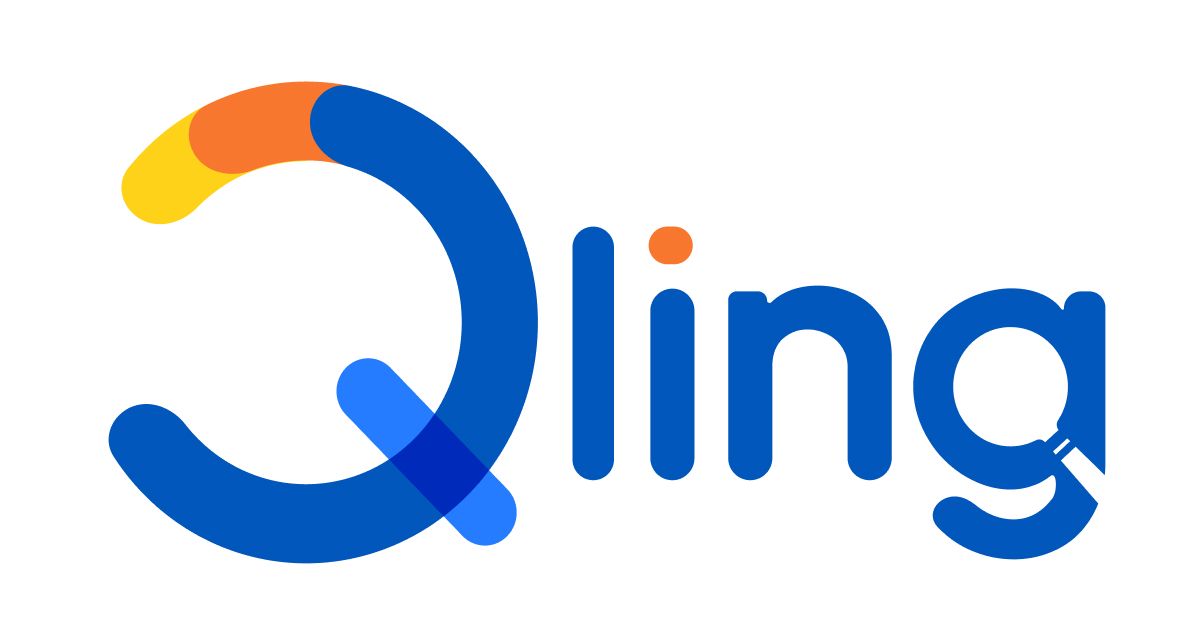What does continuous learning really mean?
Categories: : The Learning Insights

Key Takeaways
- People learn to acquire new skills, perform an existing job better or to pursue interests
- Self-driven and repeated learning over time constitutes continuous learning
- Continuous learning can lead to business benefits like time reduction, cost reduction, or improved efficiencies
Continuous learning is a phrase that is often used with capacity building of people - self or others! However, have you ever thought, what does it really mean? How would you qualify if you or your colleagues invest in continuous learning? Is it measurable? Is there a measure that can be employed in order to make it simple for self, managers, or HR to monitor?
The good news first
Through all my years of consulting in this area, a lot of clients have asked me if I can define continuous learning. Can we measure it? The good news is that we can not only define it using a simple framework but also measure it.
What really qualifies as learning?
Let’s start by defining what is learning. Instead of a definition, I will share three tenets of learning:
- Learning required for doing a job: As individuals grow at workplaces, there is a need to learn a new skill or technology which is essential to perform a new job or a new role. This learning is essential, and individuals must gain these skills in order to deliver on basic expectations of their job.
- Learning for improvement: These are skills learned in the drive for excellence or to do the same job better. These could be skills specific to your job or could be core skills that may help you do your job better, e.g. communication skills, productivity skills, etc. This is an important form of learning, as often it is not asked or mandated, however it creates a tremendous impact on your performance.
- Learning due to interest: This is the learning which may not be related to your field of work. It may be in areas of interest, leadership, wellness, technology, etc. This keeps the mind agile and open to new thoughts.
People learn to acquire new skills, perform an existing job better or to pursue interests
When does learning become continuous?
There are two factors that are critical for a learning process to qualify as continuous learning.
- There is an element of timely repeatability, which simply means you invest in learning frequently. It could be every month, quarter, etc., whether driven by need, interest, or just the desire to learn.
- It is not dependent on anyone else. Individuals who believe or truly live the principle of continuous learning do not wait for anyone to nudge them to learn. They don't rely on external factors to drive their learning. Continuous learning is always self-driven. Occasionally your organization may support, however, the drive for continuous learning is always by the learner.
Self-driven and repeated learning over time constitutes continuous learning
Is there a way to measure the impact of continuous learning?
Now that you understand what is continuous learning, let us understand how can we measure it. There are simple business parameters that you can monitor to measure the impact. These are:
- Time reduction: Continuous learning helps you to do your task faster. Whether you are in an industry that has tangible output or in a knowledge industry where effort is critical, it is a parameter that you can easily measure.
- Cost reduction: Another simple parameter is cost reduction in doing that job. It could be a reduction in errors, failures, equipment damage, etc. that you were able to achieve due to learning.
- Increased efficiency: Continuous learning improves efficiency. You can measure efficiency improvements over a period of time for a task or an activity.

Continuous learning can lead to business benefits like time reduction, cost reduction, or improved efficiencies
As you can see these are everyday measures which you can use to assess the benefit introduced by learning. As an organization, it also opens up avenues for you to use your existing talent pool in newer areas without having to find people from outside who align with your organizational values and culture.
Conclusion
Continuous learning is much more than a buzzword. It is a reality. So, next time anyone talks about continuous learning, you can apply this framework and check if what they are saying is indeed continuous learning?
Also, apply this framework to yourself and ask the most critical question, “Are you investing in continuous learning, or are you still waiting for that outside nudge?”
If you are looking for learning solutions for your organization, then please connect with me by clicking here and I will be happy to learn more about your goals.
Related Blogs
Why do we need employees with high learning agility?
- Learning agility is the passion, motivation and action taken to learn what you don't know
- Employees with high learning agility are fearless, open to new ideas, self-driven and outcome-focused
- Organizations can increase learning agility by welcoming failure, rethinking rewards and providing access to the right resources
5 Steps to utilize your e-learning investment
- There has been a surge in the e-learning investments made by organizations
- However, L&D teams usually find it difficult to understand the contribution an e-learning platform makes in capability development of employees
- Follow our 5 step framework to maximize your e-learning investment
0px
Want updates? Let us know.
If you would liked to be notified when we release a new blog or have anything worthwhile to share, then please subscribe to our newsletter. We won't spam you. You can unsubscribe anytime.
I have read and agree to the terms & conditions.
 Ankush Chopra
Ankush Chopra 










